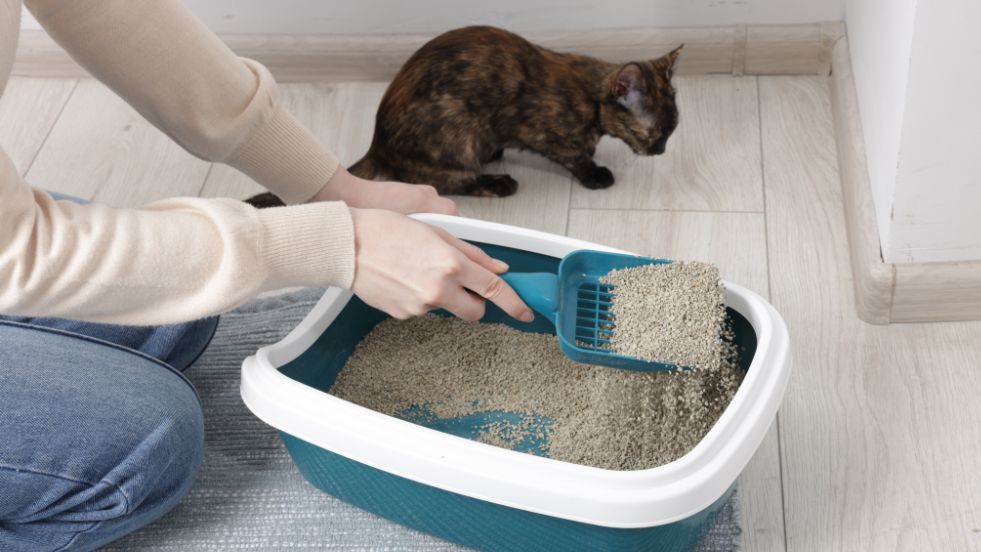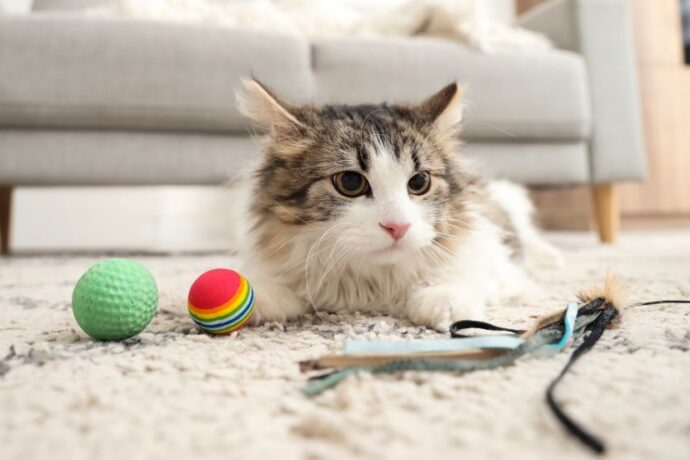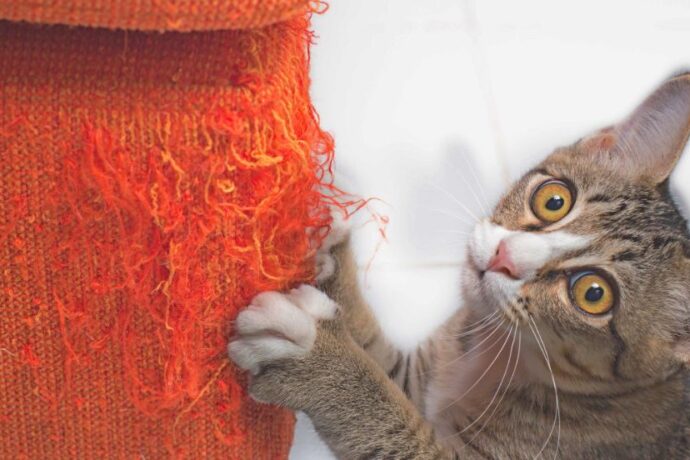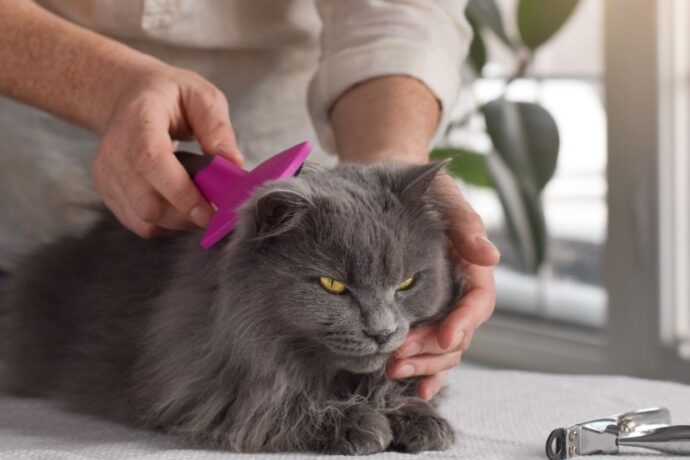If you’ve ever caught a whiff of a poorly maintained litter box, you know how quickly it can ruin the calm of your home—and your cat’s mood. For felines, cleanliness isn’t just a preference; it’s instinctual. Cats are fastidious creatures who rely on scent and hygiene for comfort and territory. When their litter box isn’t up to standard, they may start avoiding it altogether, leading to unpleasant surprises around the house.
Maintaining a clean litter box is about more than odor control—it’s essential for your cat’s health and happiness. According to a study in the Journal of Feline Medicine and Surgery, poor litter hygiene can contribute to urinary tract issues and stress behaviors like inappropriate elimination (1). A cleaner litter box means a healthier, more content cat—and a fresher home for you.
Stock Up Smart: Must-Have Supplies for Litter Box Hygiene
Before diving into cleaning, make sure you have the right tools. A few essentials can make the process faster, easier, and more effective.
What you’ll need:
- Clumping cat litter: Helps isolate waste for easy scooping and reduces odor.
- Litter scoop: Choose one with fine holes to catch small clumps.
- Disposable gloves: Keep your hands clean during maintenance.
- Mild detergent or unscented soap: Avoid harsh chemicals that can irritate your cat.
- Paper towels or soft cloths: For wiping the box during deep cleans.
- Vinegar or baking soda (optional): Natural deodorizers that help neutralize odor safely.
Using unscented, cat-safe products is key. Strong fragrances can discourage your cat from using the litter box altogether. In fact, research from the American Veterinary Medical Association shows that cats have up to 14 times more scent receptors than humans, making them far more sensitive to artificial odors (2).
Step-by-Step: How to Clean a Litter Box the Right Way
Cleaning a litter box might seem simple, but doing it properly ensures it stays hygienic and your cat remains comfortable. Follow these steps for the best results:
- Scoop daily: Remove solid waste and clumps at least once or twice a day. This prevents odor buildup and bacterial growth.
- Dispose responsibly: Seal waste in a biodegradable bag before discarding it. Avoid flushing litter—it can clog pipes and harm water systems.
- Top off with fresh litter: Replace the scooped-out portion to maintain a consistent 2–3 inches of litter depth.
- Weekly deep clean: Empty the entire box.
- Wash with warm water and mild, unscented soap.
- Rinse thoroughly to remove residue.
- Dry completely before refilling.
- Add fresh litter: Pour new litter evenly and give it a quick stir so it doesn’t clump in one spot.
Tip: Rotate your cleaning routine weekly. Even if the box looks fine, bacteria and odor compounds build up unseen. Regular cleaning helps prevent health problems like feline lower urinary tract disease (FLUTD).
How Often Should You Clean a Litter Box?
The ideal cleaning frequency depends on the number of cats, litter boxes, and the type of litter used.
- One cat: Scoop daily, deep clean once a week.
- Two cats: Scoop twice daily, deep clean every 4–5 days.
- Multi-cat households: Ideally, one box per cat plus one extra—and clean more frequently.
If you use non-clumping litter, replace it entirely every few days. Clumping litter can last longer with consistent scooping. Self-cleaning litter boxes can reduce maintenance time, but still need weekly sanitizing to prevent residue buildup.
Scientific Note: According to a study published in the Veterinary Behavior Journal, cats are more likely to use a litter box that’s kept clean, spacious, and free from strong odors (3). Inconsistent cleaning routines were directly linked to higher rates of inappropriate urination.
Litter Box Tips for a Fresher, Happier Home
1. Choose the Right Location
Cats value privacy but dislike isolation. Place the box in a quiet, low-traffic area—away from food and water bowls—but still easy to access. Avoid basements or laundry rooms with loud appliances that may scare your cat.
2. Pick the Right Litter Box Size
The box should be 1.5 times your cat’s body length, allowing room to turn and dig comfortably. If you have kittens or senior cats, consider a low-sided box for easier access.
3. Avoid Drastic Litter Changes
Switching brands or textures abruptly can stress cats. Gradually mix the new litter with the old one over several days.
4. Control Odors Naturally
Sprinkle a thin layer of baking soda under the litter to neutralize smells. Avoid scented additives—they may irritate your cat’s respiratory system.
5. Replace Old Boxes Regularly
Even with consistent cleaning, plastic litter boxes develop micro-scratches that harbor odor. Replace them every 6–12 months or sooner if they retain smells.
6. Monitor for Behavior Changes
If your cat suddenly stops using the litter box, it’s often a red flag for a medical or stress-related issue. Always consult your vet if this happens.
FAQs Frequiently Asked Questions
1. What type of litter do most cats prefer?
A. Most cats prefer fine-grain, unscented clumping litter that mimics sand. It feels natural under their paws and makes burying waste easier. Avoid heavily perfumed varieties, as the scent can deter use.
2. Should I use liners or mats under the litter box?
A. Liners can make cleaning easier, but some cats dislike the crinkly texture. Mats placed under the box help trap stray litter and prevent mess around the area.
3. How do I reduce litter tracking around the house?
A. Use a large mat with deep grooves, or switch to heavier litter granules. Regular sweeping or vacuuming near the litter area also keeps things tidy.
Conclusion:
A cleaner litter box means fewer odors, a healthier cat, and a happier home. Regular maintenance may take a few minutes each day, but the rewards are long-term comfort and trust from your feline friend.
By combining proper hygiene, the right tools, and a bit of scientific understanding, you can turn litter box duty from a dreaded chore into a smooth, routine task. Remember—your cat’s comfort starts with a clean space. Keep the box fresh, and you’ll both enjoy a cleaner, calmer household.
References:
1. Common feline problem behaviours
2. Canine Olfaction: Physiology, Behavior, and Possibilities for Practical Applications
3. Litter box preference in domestic cats











